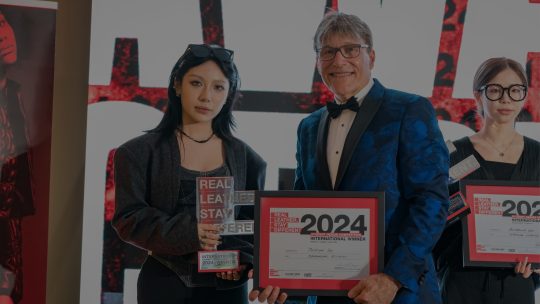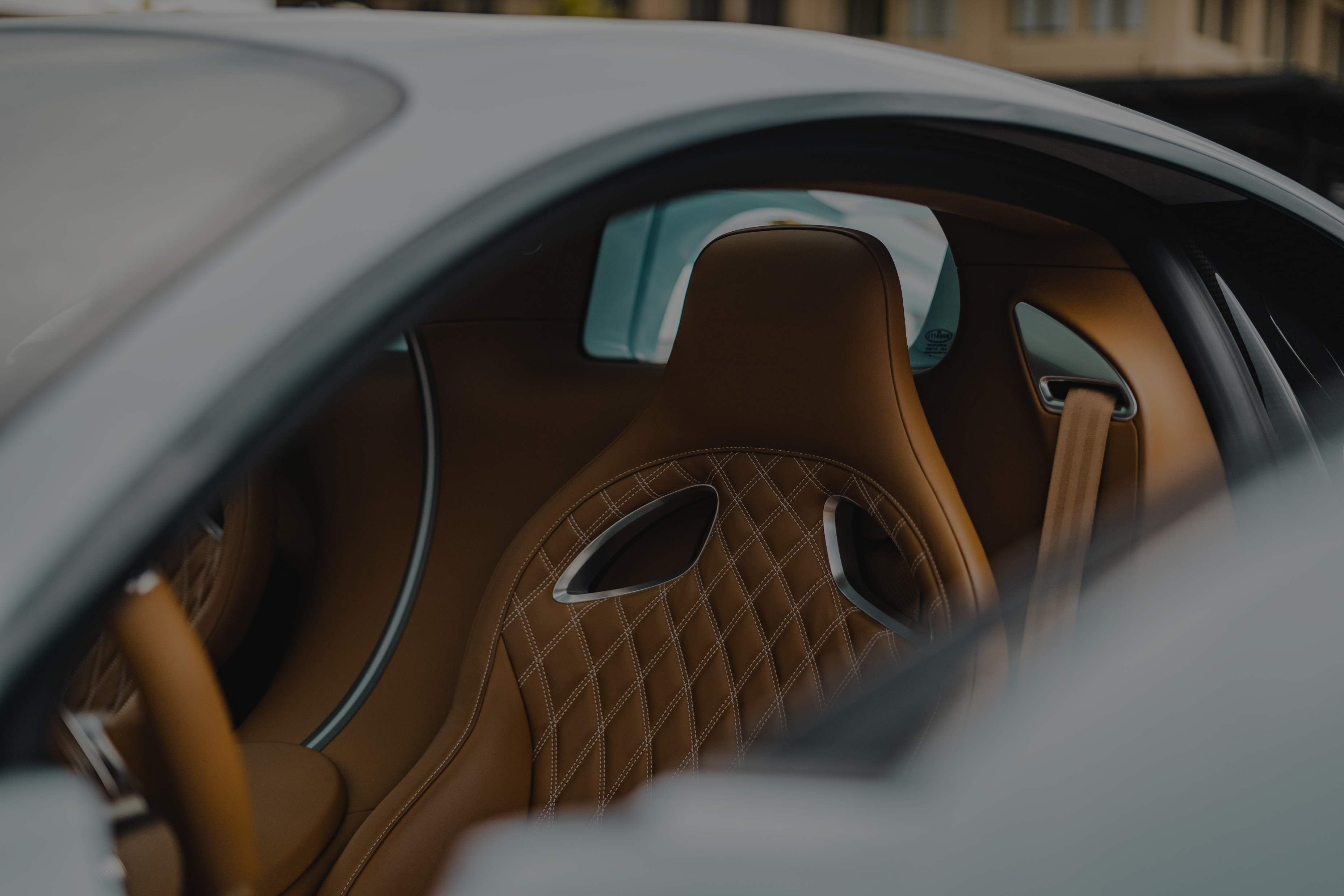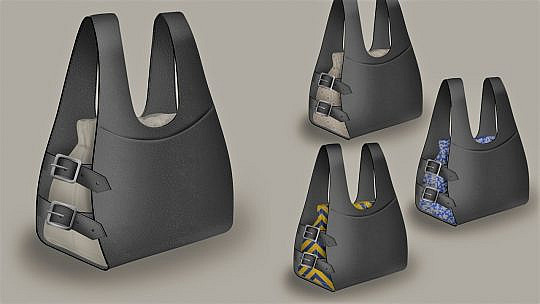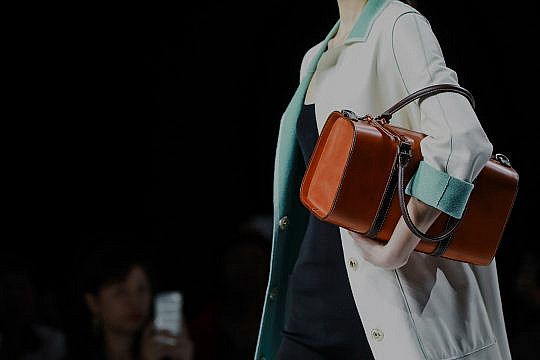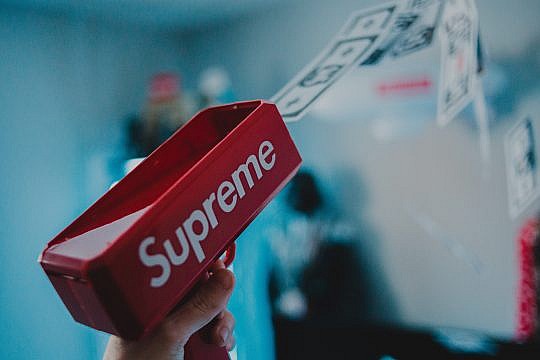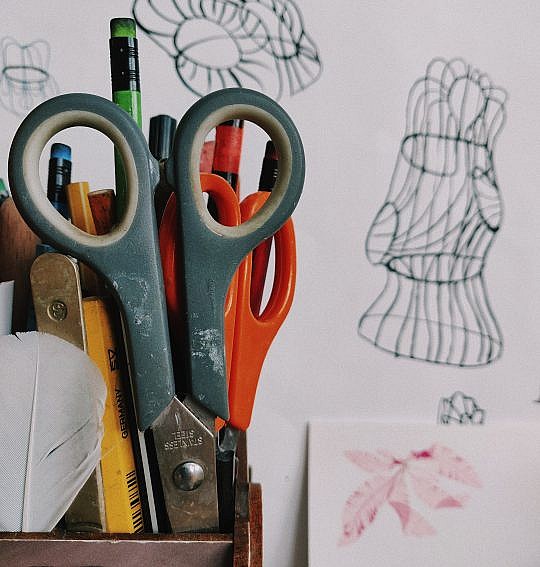In a wide-ranging talk with RLSD, Laurie Busch, automotive leather supplier Pangea’s Global Vice President of Design, discusses the company’s rebrand, and how it has helped shape its future. She also touches on how leather is having to reapply for the job it was already doing, and the importance of educating the public about sustainability.
After almost two centuries of growth and acquisition, the company that started as Byron Tanning in 1832 had grown to a multi-named entity spanning the world. It was time for a rebrand. Time to bring everything together. It was a rebrand that had unexpected benefits.
Laurie explains: “We started as Byron Tanning in 1832 in Roxbury, Massachusetts. And we eventually came west to the automotive industry, and grew by acquisition over the years until the rebrand.
“So we started as Byron, and then we became Garden State Leather Tanning here in North America. The company acquired Quinba, and then we acquired Seton. By 2020, we were known in Europe as Seton, Mexico as Quinba, and our own people had different business cards because they were in those regions.
“That’s what led to the rebrand. We were trying to come together as a single company, but we had all these names. It was almost a symbolic way of bringing the company together in a holistic, global way.
“Then, when you start that, you start thinking about who you are. What brand are we going to be? What’s the message? What’s going define us for the future? It was an opportunity to assess who you are and what’s going on in the world. And how you are going to navigate it.
“The name Pangea was the one that that really sent the message internally and externally. That we are one company, and our business goes all the way back to the age of cavemen, all the way back to the very beginning of mankind. And that term, Pangea, meaning one land mass, takes you there.
“We still have to work as one, and we’re still working in this global world that we want to be a part of. Those were the messages. We consider ourselves blessed to be working with a material that has that history. So how do we ensure that it has a future? How do we think about that? I think coming together to embrace our history to use it to propel ourselves into the future is part of what is wrapped up in that name.”
The reassessment that came as part of the rebrand helped clarify the aims of the company as a whole. Laurie knows how important it is to champion leather: “How are you going to participate in this new sustainable future? First of all, we are the ultimate sustainable material. You can’t live for all these aeons on the planet if you’re not sustainable. But how do you communicate that and how do you educate the world?
“It’s almost like leather has to reapply for the job it was doing, because people are looking at the sustainability of every aspect of what they’re doing.”
“Where does Pangea get the raw material to make our leather? We’re not mining for it. We’re not drilling for it. We are picking up waste from another industry.”
So how do we make sure leather’s resume is seen and understood?
“I think it’s education. I think it’s education and understanding. As people learn who we really are as a company and what we really do, it checks the box for them.
“One aspect is the speed of social media and what it does to really expedite a message… Whether it’s right or wrong, this message can just get blown up so quickly. It becomes emotional and gets out of control. You have to take the time to go back and say, okay, wait a minute. Let’s level set. First of all, does everybody know that the beef industry drives the waste that the leather industry uses to create our product? Pangea does not farm cattle.
“Where does Pangea get the raw material to make our leather? We’re not mining for it. We’re not drilling for it. We are picking up waste from another industry. So let’s make sure everybody understands that first. I’ve said to many people, ‘if you buy leather at all, know that you are getting a 100% upcycled material right out of the gate’.”
The message is positive, but Laurie is anything but complacent. She knows the leather industry should constantly strive for improvement.
“The environment we’re in now has caused us to do that self-assessment and think about what could we do better. How could we improve? And so we see a lot of investment in our plants, a lot of investment in our facilities to upgrade and work on that circularity of processing within our plants.
“There are, of course, all these mechanisms we have in place, but additionally, our purchasing team is actually going there. They’re going to the abattoir. They’re going to where beef is raised, they’re watching how it gets processed. They’re looking for that Business Benchmark on Farm Animal Welfare (a common cert our suppliers have). They’re looking for that USDA Welfare regulation, and they have to answer to our board. They have to answer to our customers. They have to answer to the auditors. All those things ensure that we’re buying the most responsible products we can.”
“Leather doesn’t wear out. It wears in.”
“You can’t change an industry overnight. But you can start the change and you can shift your sourcing to those companies that align with your values. I think as more and more companies provide the attributes that align with you, as they get more business, the ones that don’t get business are going to go, ‘well, how do we improve? Because they want your business’.
“I think the biggest improvements we’re making are in manufacturing. It’s in shortening distances. It’s in putting ourselves in the most efficient situation for being able to deliver what the customer wants.
“We have to start with that, making the best choices we can. Then in the transportation, and in the chemistry of how we tan and process those hides. We involve the geniuses who’ve been in this business for years, coupled with the young geniuses and all the new chemistry that’s available in the world. And then we think: ‘How do we evolve? How do we take advantage of what’s new to combine it with what’s old?’ This is where the opportunity for newness is. It’s where the opportunity for evolution is.”
Putting sustainability aside finally, Laurie is still very aware there is nothing to match leather’s durability.
“I think it’s easy for other materials to look like leather if you don’t touch them. If you just look at them. There are other materials that are doing a really good job of replicating what leather looks like. But they can’t perform like leather.
“I like to say, ‘Leather does not wear out. It wears in.’ It has a life. And as you live in it, it reflects your life. Why can’t we let leather be what it is? Because then it’s really beautiful and it will last and last and last.”
For more information on Pangea, click here.
